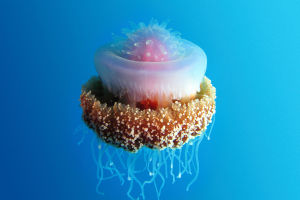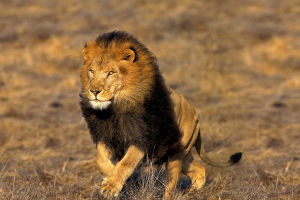Camels are iconic symbols of the desert, known for their incredible ability to thrive in some of the harshest, most water-deficient environments on Earth.
Their adaptations are a result of thousands of years of evolution, making them perfectly suited for life in arid regions where water is scarce, temperatures are extreme, and food supplies are inconsistent.
This remarkable resilience is owed to a combination of physical, behavioral, and physiological adaptations that allow camels to conserve water, endure long periods of dehydration, and survive in conditions that few other animals can tolerate. Camels also have unique nasal passages that help them conserve water.
Their large nostrils can trap moisture from exhaled air and reabsorb it into the body. This adaptation reduces the amount of water lost through respiration, a critical function in hot, dry climates. Their eyes are equipped with three sets of eyelids and long, thick eyelashes that protect them from sand and dust storms.
Camels can also close their nostrils completely to prevent sand from entering their airways during sandstorms, allowing them to continue breathing comfortably even in extreme conditions.
A camel's ability to manage water intake is perhaps its most fascinating adaptation. Camels can drink up to 40 liters (about 10 gallons) of water in one sitting, rapidly replenishing their reserves. This large intake does not cause harm because camels have specialized red blood cells that can expand significantly without bursting, allowing them to store large volumes of water in their bloodstream.
Furthermore, camels are incredibly efficient at conserving water. Unlike many other animals, they can lose up to 25% of their body weight due to dehydration without serious consequences. In comparison, humans can only tolerate a loss of about 10% before severe health risks arise. Camels' kidneys play a crucial role in this process.
Their feces are also very dry, another indicator of their body's efficient use of available water. Camels are adapted to endure the extreme temperatures of the desert. They can tolerate body temperatures ranging from 34°C (93°F) to 41°C (106°F) without sweating, which helps conserve water.
By allowing their body temperature to fluctuate, camels delay the need for evaporative cooling (sweating), which would otherwise cause significant water loss. Behavioral adaptations also contribute to their survival. Camels are typically active in the early morning and late afternoon when temperatures are cooler. During the hottest part of the day, they rest to reduce energy expenditure and water loss.
Camels are marvels of adaptation, equipped with an extraordinary set of features that enable them to survive in water-deficient desert environments. Their efficient water management, unique physical traits, and behavioral strategies allow them to endure conditions that would be fatal to many other animals.
These adaptations not only ensure their survival but also make them invaluable companions to humans living in arid regions. The camel's resilience and ability to thrive in harsh environments are a testament to the wonders of evolution and nature's ingenuity!


